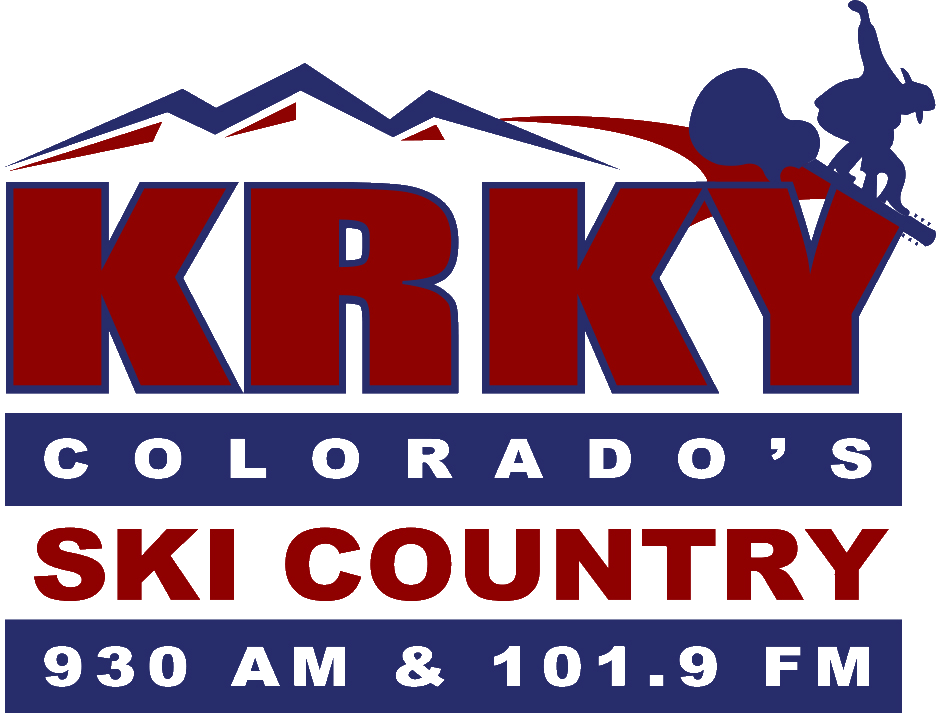
Courtesy CPW
Colorado hunters can expect good waterfowl hunting opportunities for the season despite drier conditions across the state moving into the fall.
Typically, the best hunting for waterfowl is available when cold fronts push birds south.
Colorado Parks and Wildlife avian research leader Jim Gammonley suggested hunters get out to areas ahead of time for a successful season.
“Conditions and the timing of migration are always changing,” Gammonley said. “Take a look around areas where you want to hunt and see local conditions.”
Colorado’s waterfowl season dates and bag limits for 2019-2020 are similar to 2018-2019, except that hunters may only harvest one pintail per day this season instead of the two per day permitted last season.
The South Park/San Luis Valley dark goose zone has been split into two separate zones with different season dates this year. In the South Park Zone the dark goose season is Oct. 5 to Jan. 17. In the San Louis Valley dark goose zone, the season is Oct. 5-23 and Nov. 23 to Feb. 16.
Local waterfowl production in 2019 was average due to wetter spring conditions across the state, but most ducks and geese in Colorado during the fall and winter hunting seasons are arriving from the north.
The total duck breeding population surveyed in Colorado this year was estimated at 38.9 million birds. This is 6% lower than 2018 but 10% higher than the long-term average measured over 63 years.
Of the five most harvested ducks in Colorado, the pattern tended to be similar numbers to last year but still above long-term averages. This year, the number of mallards was estimated at 9.4 million, green-winged teals at 3.2 million, gadwalls at 3.3 million, blue-winged teals at 5.4 million and American wigeons at 2.8 million.
Habitat conditions were similar or slightly drier across the survey area compared to last year, but conditions improved in eastern Montana and the western Dakotas, important areas for ducks migrating through Colorado.
Canada goose production in Colorado appeared to be average to good. Populations of Arctic-nesting geese remain at relatively high numbers.
Duck and goose hunting in Colorado requires a small-game license and both federal and state waterfowl stamps, available for purchase through the Colorado Parks and Wildlife online system. Hunters are also required to obtain a Harvest Information Program number.
